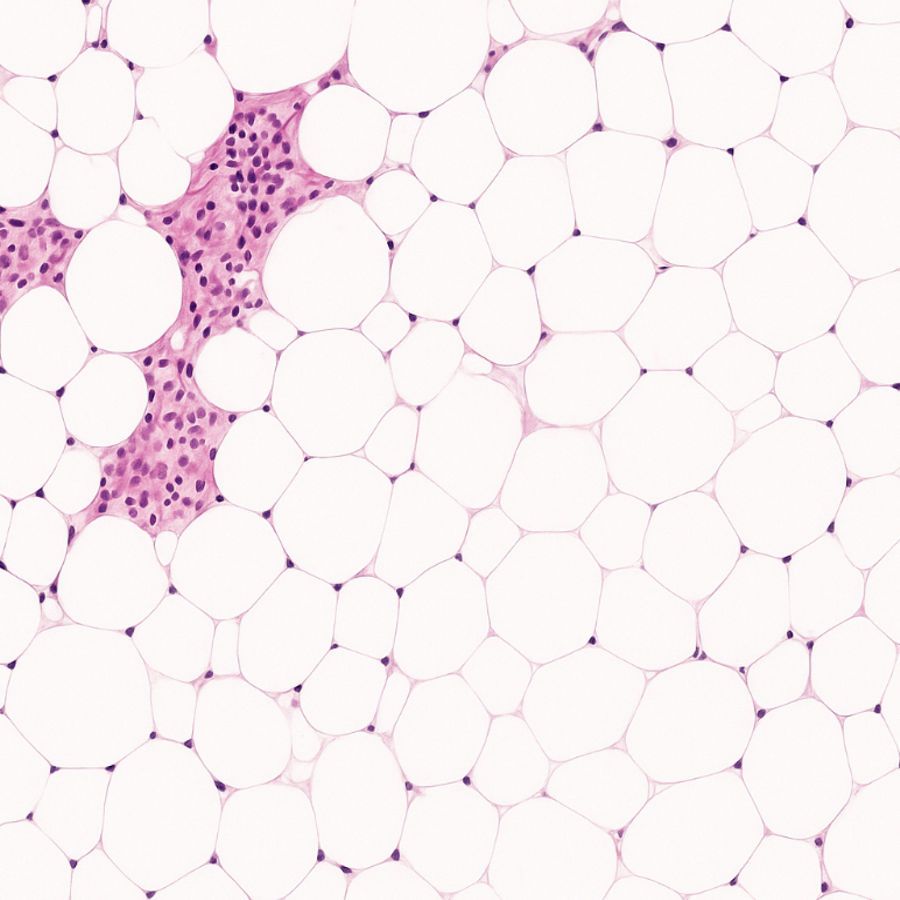Paraspinal Extramedullary Hematopoiesis in a Transfusion-Dependent Beta-Thalassemia Patient: A Case Report

Zaina Rawashdeh (1) ◛ • Ahmad Rawashdeh(2) • Rama A. Al-Rahamneh(3) • Yara I.Elghoul(1)
Published In Cureus Journal: 10.7759/cureus.87271
PubMed Index: PMC12318370
Abstract
Extramedullary hematopoiesis (EMH) is a compensatory mechanism in chronic anemias, such as transfusion-dependent beta-thalassemia (TDT), most commonly affecting the liver and spleen. Paraspinal EMH is rare and may lead to spinal cord compression, resulting in neurological deficits. We present a 26-year-old male patient with longstanding TDT who developed progressive bilateral lower limb weakness, pelvic paresthesia, and acute urinary retention. MRI revealed a bilateral paraspinal mass compressing the dural sac and spinal cord, with concurrent severe myocardial and hepatic iron overload. Given the high operative risk and contraindications to surgery and radiotherapy, treatment included hypertransfusion, dual iron chelation therapy, and hydroxyurea. The patient developed hydroxyurea-induced bone marrow aplasia requiring discontinuation of treatment. Over six months, motor and sensory functions improved, bladder function partially recovered, iron markers decreased, and MRI showed regression of the mass. This case highlights the complexities in diagnosing and managing paraspinal EMH in high-risk TDT patients and supports the effectiveness of individualized conservative therapy.
For Full Access click here